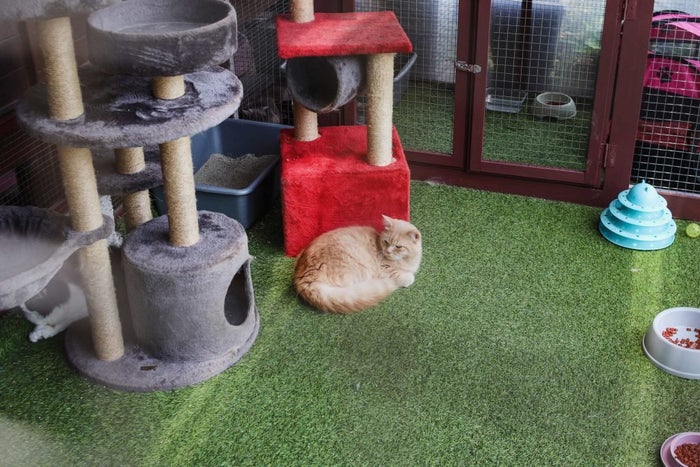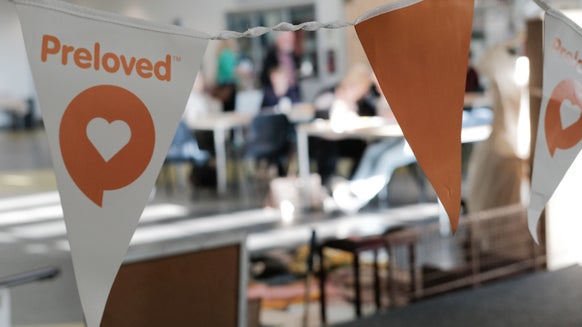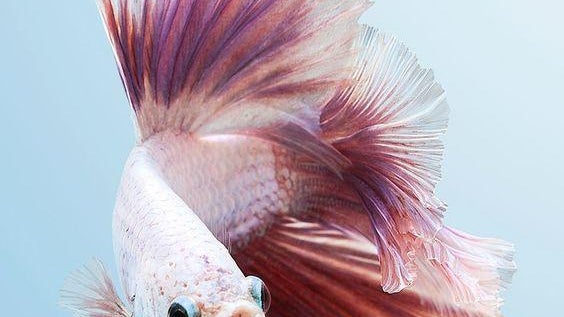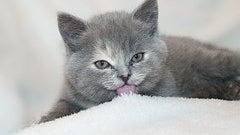How to Pet Proof Your Garden
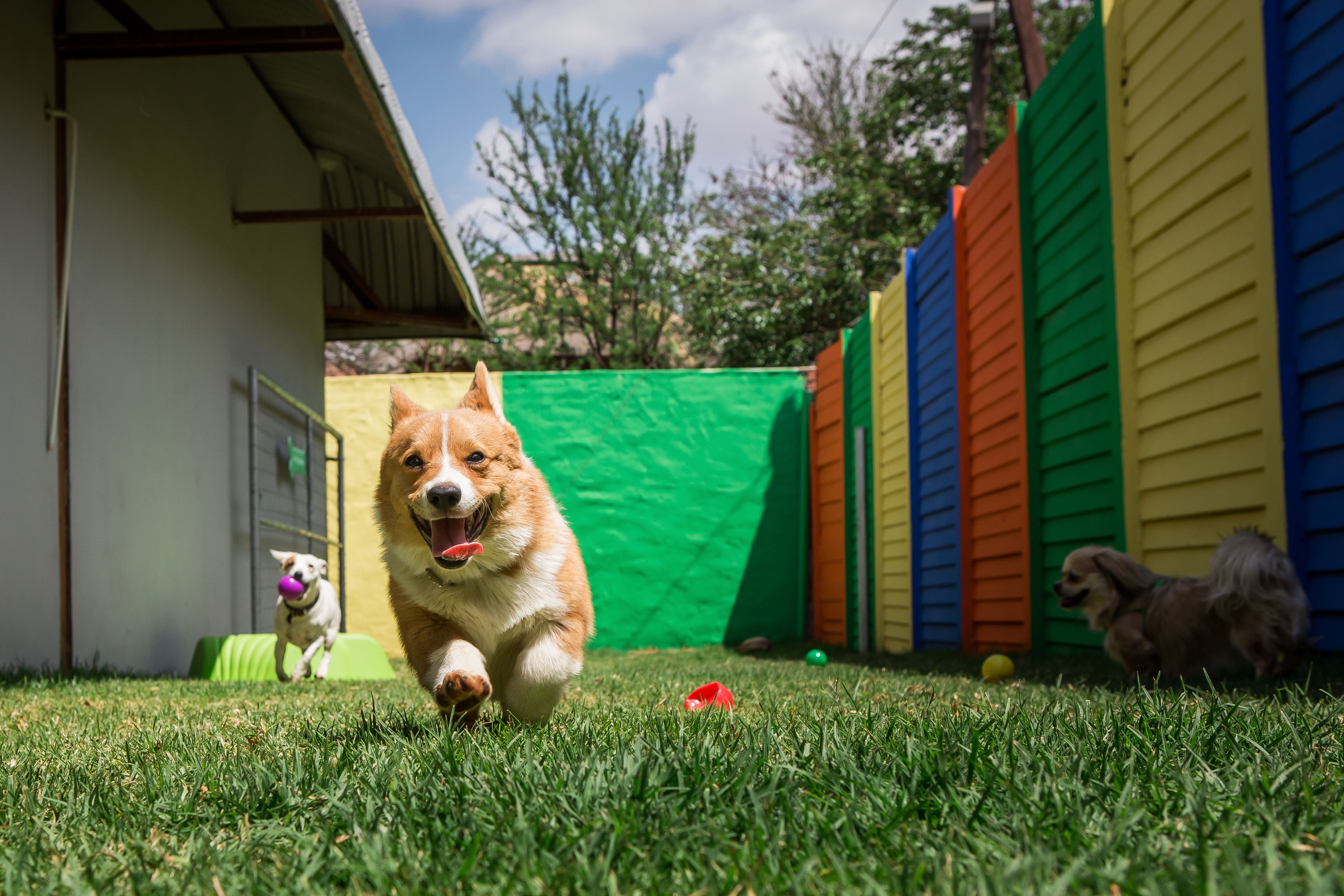
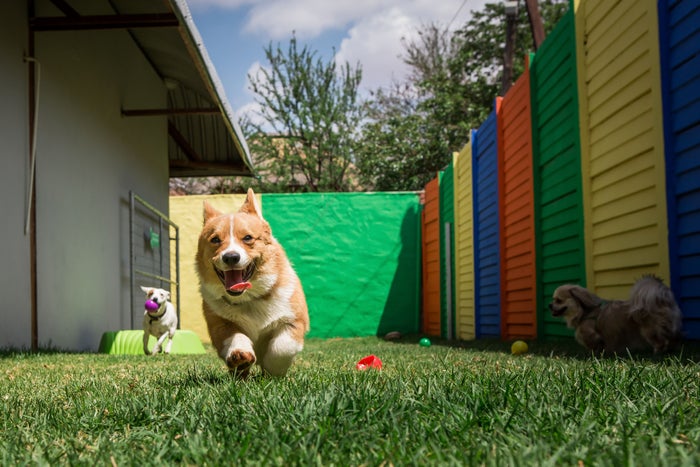
Your garden isn't just a patch of land – it's an extension of your home, and for pet owners, it's a space for both human and furry family members to enjoy together. But just like inside your house, ensuring your outdoor space is safe and enjoyable for your pets requires careful planning and consideration. In this blog, we'll explore how to dog proof garden, from choosing the right plants to designing play spaces and maintaining a clean and green environment that's both beautiful and safe for your four-legged friends.
Creating a Safe Haven: Tips for Designing a Pet-Friendly Garden
When designing a pet-friendly garden, there are several additional tips to consider to ensure the safety, comfort, and enjoyment of your furry friends:
Mulch Matters: Choose pet-safe mulch materials such as cedar or pine, avoiding cocoa mulch which can be toxic to dogs if ingested. Additionally, opt for larger mulch pieces to prevent pets from ingesting smaller pieces, which can cause digestive issues. Create Shaded Retreats: Provide shaded areas in your garden where pets can retreat from the sun and heat. Planting trees or installing shade sails or umbrellas can offer respite from the sun's rays, preventing overheating and sunburn in your pets. Mindful Water Features: If you have water features in your garden, ensure they are pet-safe. Shallow ponds with gentle slopes or gradual edges are safer for pets, reducing the risk of accidental drowning. Consider adding ramps or steps to allow pets to easily enter and exit water features. Safe Pest Control: Avoid using chemical pesticides and fertilisers in your garden, as they can be harmful to pets if ingested or absorbed through their skin. Instead, opt for natural pest control methods such as companion planting, beneficial insects, or organic pest repellents. Secure Garden Boundaries: Regularly inspect dog fencing for gardens and boundaries to ensure they are secure and free from gaps or damage that could allow pets to escape. Consider adding a barrier along the bottom of fencing to prevent digging, or install a dog proof garden gate latch to prevent curious pets from opening gates. Pet-Friendly Pathways: Create designated pathways or walkways in your garden to guide pets away from delicate plants or areas where they could cause damage. Use materials such as gravel, pavers, or stepping stones to create durable and pet-friendly pathways that are easy to navigate. Provide Resting Areas: Incorporate comfortable resting areas in your garden where pets can relax and unwind. Consider adding pet-friendly furniture such as outdoor beds or cushions, or create cozy nooks with soft blankets and pillows where pets can curl up and enjoy the garden scenery.
By implementing these additional tips, you can create a pet-friendly garden that not only enhances the well-being of your furry friends but also enriches your outdoor living space for the whole family to enjoy.
Designing Play Spaces: Maximising Fun and Safety for Your Pets Outdoors
Designing dedicated play spaces for your pets in your garden is a wonderful way to ensure they have the freedom to explore, exercise, and have fun while also keeping them safe from potential hazards. Here are some tips for maximising fun and safety for your pets outdoors:
Agility Courses: Consider incorporating agility courses into your garden design, tailored to suit your pet's size and abilities. Agility equipment such as jumps, tunnels, weave poles, and ramps can provide mental and physical stimulation for your pets while helping to develop their coordination and confidence. Interactive Toys: Introduce a variety of interactive toys and puzzles designed specifically for pets into your garden play area. Balls, frisbees, and ropes are great options for dogs, while cats may enjoy chasing laser pointers, feather wands, or interactive scratching posts. These toys encourage active play and engagement, keeping your pets entertained and stimulated. Shaded Rest Areas: Create shaded rest areas in your garden where your pets can take a break from play and relax. Planting trees or installing umbrellas or awnings can provide much-needed shade on hot days, helping to prevent overheating and sunburn. Place comfortable bedding or cushions in these shaded areas to create a cosy spot for your pets to rest and recharge. Water Features: Incorporating pet-friendly water features into your garden can add an extra element of fun and refreshment for your pets. Consider installing a shallow splash pool or a small pond where dogs can cool off and splash around on hot days. For cats, a shallow water fountain or a gently flowing stream can provide entertainment and hydration. Secure Boundaries: Ensure that your garden play area is securely fenced and free from potential escape routes or hazards. Check fences regularly for any gaps or weaknesses that could allow pets to escape, and reinforce them as needed. Be mindful of any toxic plants or chemicals that could pose a danger to your pets and remove them from the play area. Supervision and Interaction: While your pets are enjoying their playtime in the garden, it's important to supervise them closely and interact with them regularly. Engage in interactive games and activities with your pets to strengthen your bond and provide mental stimulation. Supervision also allows you to intervene quickly if any safety concerns arise or if your pets require assistance.
By incorporating these elements into your garden design, you can create a safe and stimulating outdoor environment where your pets can play, explore, and thrive to their heart's content.
Fencing and Boundaries: Ensuring Security Without Compromising Aesthetics
Installing secure dog fencing for gardens and boundaries is essential for keeping your pets safe and contained within your garden. Choose fencing materials that are durable and escape-proof, such as wood, vinyl, or metal, and ensure that gates are securely latched to prevent accidental escapes. Consider adding barriers around ponds or swimming pools to prevent accidents, and install pet-proof locks on gates to keep curious pets from wandering off.
Maintenance Matters: Keeping Your Garden Clean, Green, and Pet-Friendly
Regular maintenance is key to keeping your garden clean, green, and pet-friendly. Clean up pet waste promptly to prevent odours and keep your garden sanitary, and regularly groom your pets to reduce shedding and prevent fur from accumulating in outdoor spaces. Keep plants trimmed and tidy to prevent overgrowth and reduce the risk of pets ingesting harmful foliage, and remove any debris or clutter that could pose a hazard to your furry friends.
With careful planning and consideration, you can create a garden that's not only beautiful and inviting but also safe and enjoyable for your pets. By incorporating pet-friendly plants, designing play spaces, installing secure fencing, and maintaining a clean and green environment, you can create a sanctuary where both you and your furry companions can relax, play, and enjoy the great outdoors together.
Choosing Pet-Safe Plants: Enhancing Your Garden with Furry Friends in Mind
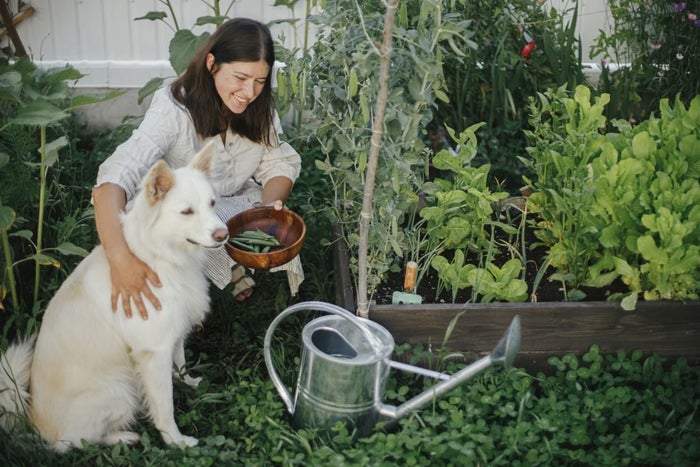
Enhancing your garden with furry friends in mind goes beyond just selecting pet-safe plants; it's about creating an environment that caters to their needs and enriches their outdoor experience. Here are some additional tips to consider:
Sensory Stimuli: Incorporate elements that engage your pets' senses. Fragrant plants like lavender or catnip can provide olfactory stimulation, while plants with interesting textures or rustling leaves offer tactile experiences. Consider adding a small water feature or birdbath to attract wildlife, providing visual and auditory stimulation for your pets. Shelter and Shade: Create cosy nooks or shelters where your pets can seek refuge from the sun, rain, or wind. Install arbors, pergolas, or even simple shade sails to provide areas of shade throughout the garden. Consider planting dense shrubs or creating hedge walls to create natural barriers that offer privacy and protection. Pet-Friendly Pathways: Design pathways and walkways that are safe and comfortable for your pets to navigate. Use materials like gravel, mulch, or rubber pavers that provide good traction and are easy on your pets' paws. Avoid sharp edges or uneven surfaces that could cause injury, and ensure pathways are wide enough for pets to move freely without feeling confined. Interactive Features: Integrate interactive features that encourage play and exploration. Incorporate pet-friendly obstacles like tunnels, ramps, or platforms for climbing. Hide treats or toys throughout the garden to encourage scavenging and mental stimulation. Consider installing a sandbox or designated digging area where dogs can indulge their natural instinct to dig without damaging your plants. Pet-Friendly Furniture: Choose outdoor furniture that is pet-friendly and durable. Opt for materials like wicker, resin, or metal that are resistant to scratching and easy to clean. Provide comfortable seating options for both you and your pets, such as cushioned benches or hammocks where they can curl up beside you while you relax in the garden. Safety Measures: Implement safety measures to protect your pets from potential hazards in the garden. Secure any garden tools or chemicals in locked storage containers to prevent accidental ingestion or injury. Avoid using cocoa mulch, which can be toxic to pets if ingested, and keep compost piles covered to deter pets from rummaging through them.
By considering the specific needs and preferences of your furry friends, you can create a garden that not only enhances their outdoor experience but also strengthens the bond between you and your beloved pets. Be sure to include plants that are dog friendly.
Poisonous Plants to Pets
Many gardens in the UK contain a variety of beautiful plants that are dog friendly and some are toxic to all dogs and cats. Here are some common poisonous plants found in UK gardens:
Lilies: While prized for their elegant blooms and fragrance, certain varieties of lilies, such as Easter lilies and tiger lilies, are highly toxic to cats if ingested. Ingestion can lead to symptoms such as vomiting, lethargy, and kidney failure, so it's essential to keep lilies out of reach of curious felines. Daffodils: Daffodils are a staple of spring gardens, but all parts of the plant, especially the bulbs, contain toxic compounds called alkaloids. Ingestion can cause vomiting, diarrhea, and abdominal pain in pets. Keep daffodils well away from areas where pets roam freely. Rhododendrons and Azaleas: These popular shrubs produce vibrant flowers in spring, but they contain toxins called grayanotoxins, which can cause symptoms such as drooling, vomiting, diarrhea, and in severe cases, cardiac arrhythmias or seizures if ingested by pets. Foxglove: With its tall spires of tubular flowers, foxglove adds height and drama to gardens, but all parts of the plant are highly toxic if ingested, containing cardiac glycosides. Ingestion can lead to symptoms such as vomiting, diarrhea, irregular heartbeat, and even heart failure in pets. Yew: Yew is a common evergreen shrub with dense foliage and red berries, but all parts of the plant, including the leaves, seeds, and bark, contain toxic alkaloids called taxine. Ingestion can cause symptoms such as trembling, difficulty breathing, and cardiac arrest in pets. Castor Bean Plant: Despite its attractive foliage and striking seed pods, the castor bean plant contains ricin, a potent toxin that can cause severe symptoms such as vomiting, diarrhea, abdominal pain, seizures, and even death if ingested by pets. Laburnum: Laburnum, also known as golden chain or golden rain, produces clusters of yellow flowers in spring, but all parts of the plant, including the seeds and pods, contain toxic alkaloids called cytisine. Ingestion can cause symptoms such as vomiting, diarrhea, convulsions, and coma in pets.
It's essential for pet owners to familiarise themselves with these and other potentially toxic plants and take steps to minimise the risk of exposure to their pets. This may include removing toxic plants from the garden, creating physical barriers to prevent access, and supervising pets when they are outdoors. If you suspect your pet has ingested a toxic plant, seek veterinary attention immediately.


